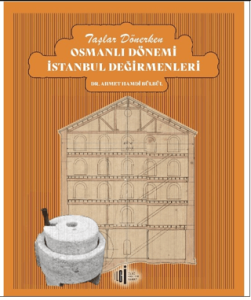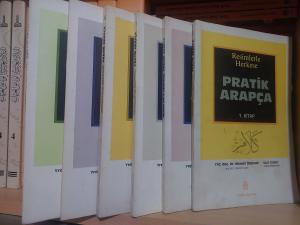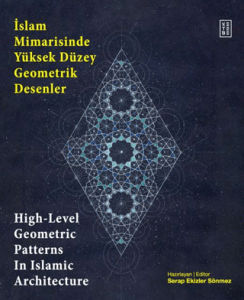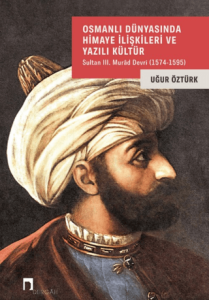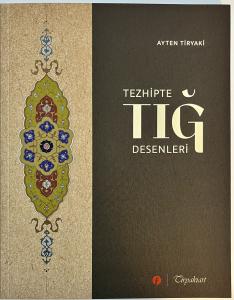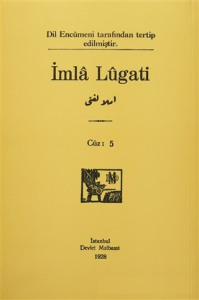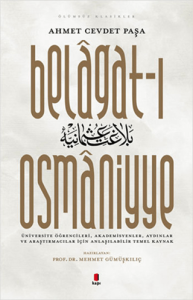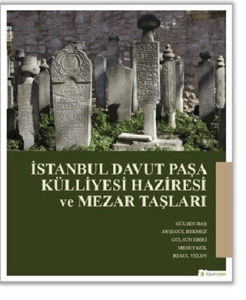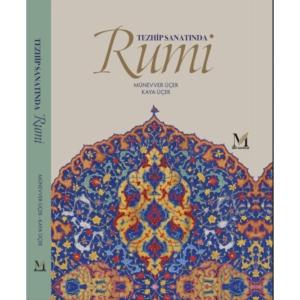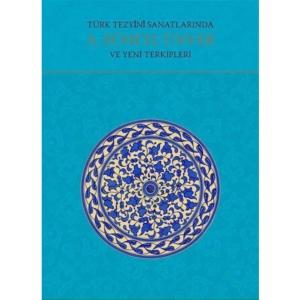9789757632016
41877
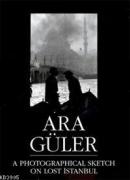
https://www.sahafium.com/kitap/a-photo-sketch-on-lost-istanbul-p41877.html
A Photo Sketch On Lost Istanbul
0.00
One bright sunny morning, an excavator was stripping down the city walls of Istanbul. One by one, the layers of history, of our tumultuous history, appared, carefully laid one upon the other. Like geological strata, the various periods of Mediterranenan civilization, objectified in marble, brick and stones of all kinds, were being gradually uncovered by the teeth of the machine: from beneath İstanbul, Constantinople, and from beneatlı Constantinople, Byzantium.
The eye af Ara Güler, an eye augmented by the lense of the camera like a prosthesis of which one is no longer aware, works in much the same way as the machine, but through much more subtle layers of silhouettes, gestures and himan glances. Like the python that rearing up on its tail, flashes out its tongue to capture a fragment of the inviseble, hiseye lodges the object permanently in the memory. The art of the photographer is sometimes identical with that of the archacologist or the pre-historian, the art of piccing together fragments. With the difference that these fragments, far from being fossilized, are full of life. They must nevertheless be collected together, placed in order, like pieces of a puzzle trapped in the confiusion of the invisible.
-Alain Gheesbrant, Paris, March 1985-
(Arka Kapak)
The eye af Ara Güler, an eye augmented by the lense of the camera like a prosthesis of which one is no longer aware, works in much the same way as the machine, but through much more subtle layers of silhouettes, gestures and himan glances. Like the python that rearing up on its tail, flashes out its tongue to capture a fragment of the inviseble, hiseye lodges the object permanently in the memory. The art of the photographer is sometimes identical with that of the archacologist or the pre-historian, the art of piccing together fragments. With the difference that these fragments, far from being fossilized, are full of life. They must nevertheless be collected together, placed in order, like pieces of a puzzle trapped in the confiusion of the invisible.
-Alain Gheesbrant, Paris, March 1985-
(Arka Kapak)
One bright sunny morning, an excavator was stripping down the city walls of Istanbul. One by one, the layers of history, of our tumultuous history, appared, carefully laid one upon the other. Like geological strata, the various periods of Mediterranenan civilization, objectified in marble, brick and stones of all kinds, were being gradually uncovered by the teeth of the machine: from beneath İstanbul, Constantinople, and from beneatlı Constantinople, Byzantium.
The eye af Ara Güler, an eye augmented by the lense of the camera like a prosthesis of which one is no longer aware, works in much the same way as the machine, but through much more subtle layers of silhouettes, gestures and himan glances. Like the python that rearing up on its tail, flashes out its tongue to capture a fragment of the inviseble, hiseye lodges the object permanently in the memory. The art of the photographer is sometimes identical with that of the archacologist or the pre-historian, the art of piccing together fragments. With the difference that these fragments, far from being fossilized, are full of life. They must nevertheless be collected together, placed in order, like pieces of a puzzle trapped in the confiusion of the invisible.
-Alain Gheesbrant, Paris, March 1985-
(Arka Kapak)
The eye af Ara Güler, an eye augmented by the lense of the camera like a prosthesis of which one is no longer aware, works in much the same way as the machine, but through much more subtle layers of silhouettes, gestures and himan glances. Like the python that rearing up on its tail, flashes out its tongue to capture a fragment of the inviseble, hiseye lodges the object permanently in the memory. The art of the photographer is sometimes identical with that of the archacologist or the pre-historian, the art of piccing together fragments. With the difference that these fragments, far from being fossilized, are full of life. They must nevertheless be collected together, placed in order, like pieces of a puzzle trapped in the confiusion of the invisible.
-Alain Gheesbrant, Paris, March 1985-
(Arka Kapak)





















